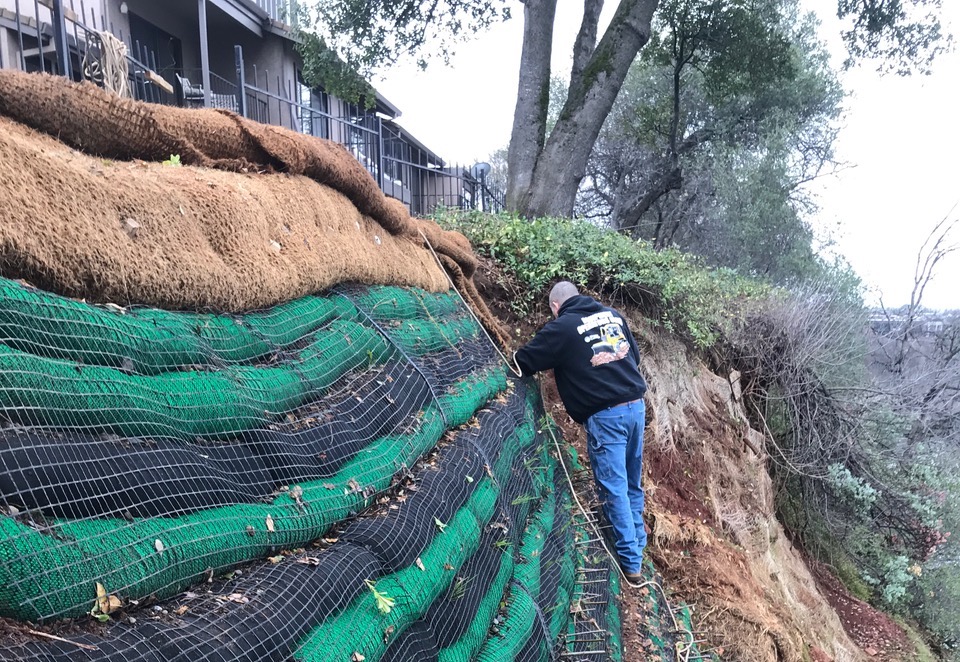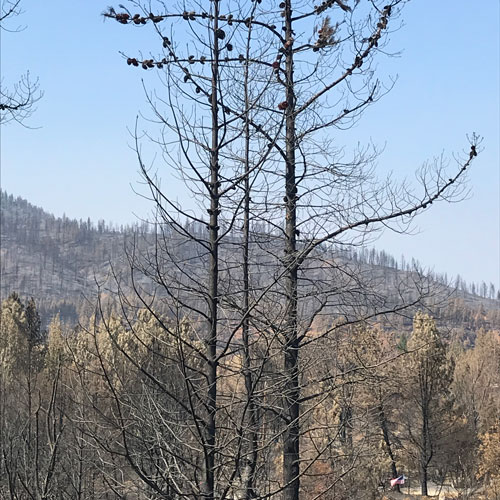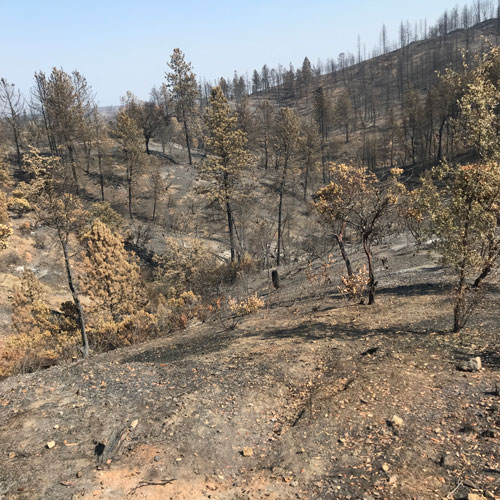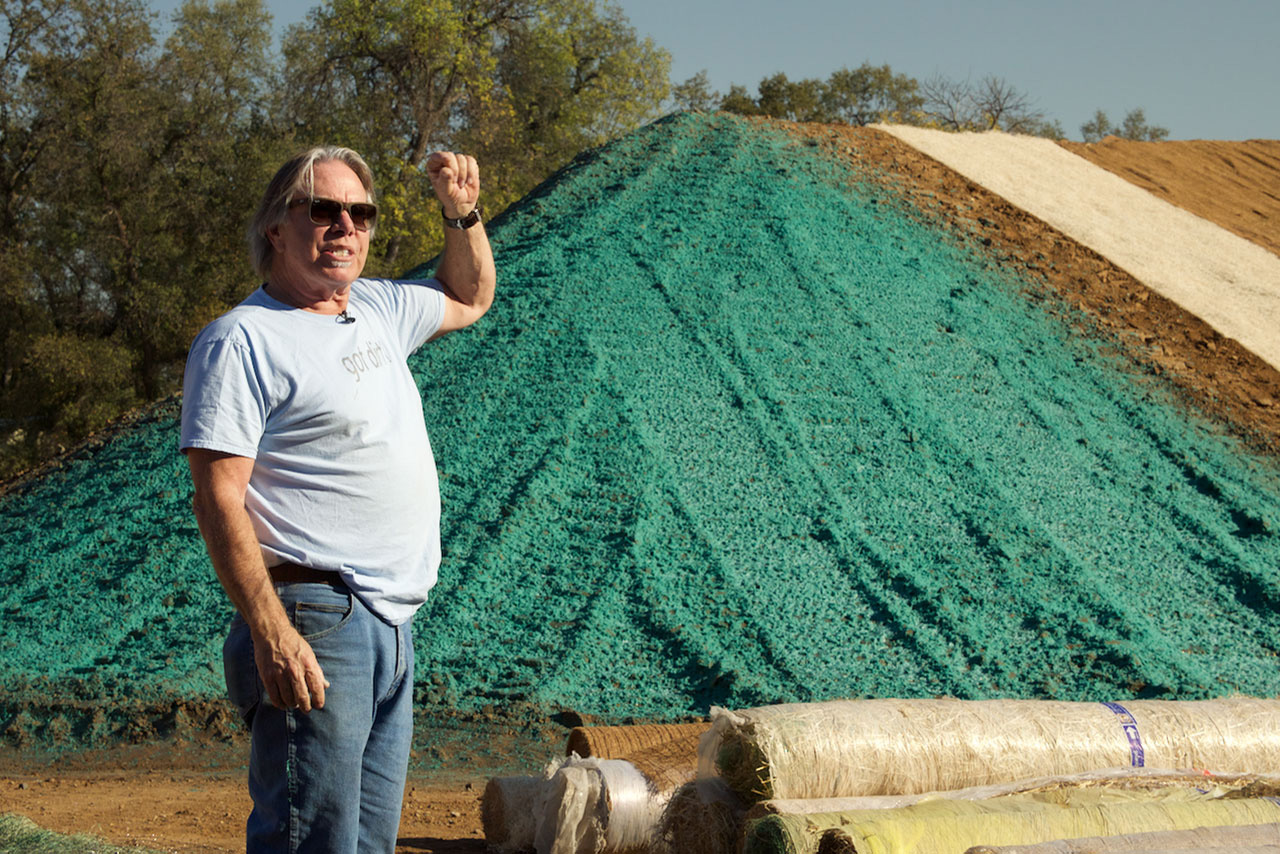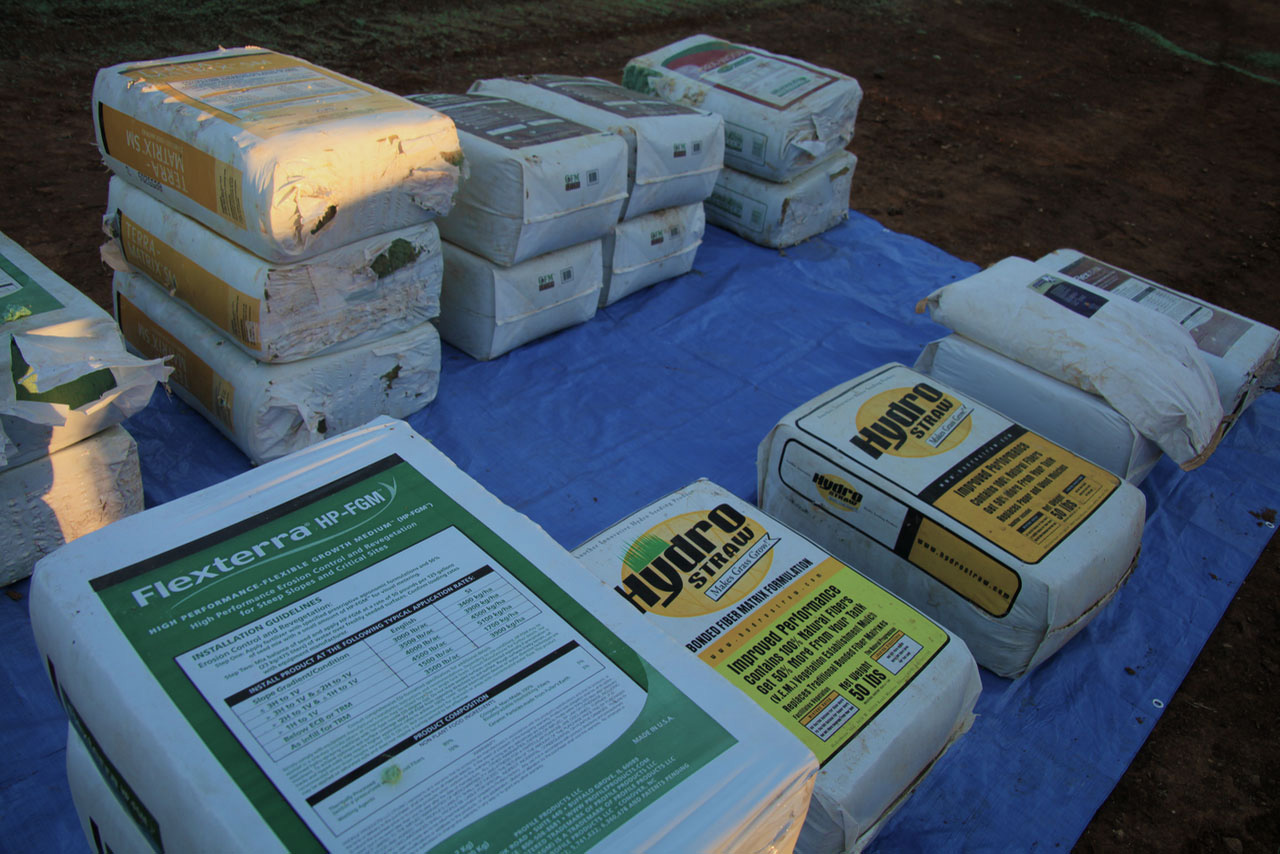27 Mar BMP Summit Cancelled | Stay-At-Home Distance Learning Made Available
For two years Dirttime.tv has been working on a 1.0 CEU On-Line Video Course based on the Curriculum and Hands-On experiences presented at Erosion Control BMP SUMMIT at Shasta College.
There really is no real substitute for attending class at the world-renowned Erosion Control Training Facility at Shasta College.
However, our generous video library can really bring home the theory of BMPs.
Serendipitously, Kevin Ernst from Heaven Motion Pictures and I completed The Best of the BMP SUMMIT Video Course just a week before the COVID-19 breakout.
There’s an old saying “Out of crisis comes opportunity”.
Now is the time to invest in yourself or to empower your staff to learn from home.
The on-line course has “SUMMIT” in its name because the 2-day Erosion Control BMP SUMMIT at Shasta College has become such an effective and important training for our Industry.
Our on-line Video Course assimilates the best from that experience.
This Video Course is not like a Webinar – its use of multimedia, and dirttime.tv video clips, is anything but boring. I guarantee your desire to learn more will be piqued.
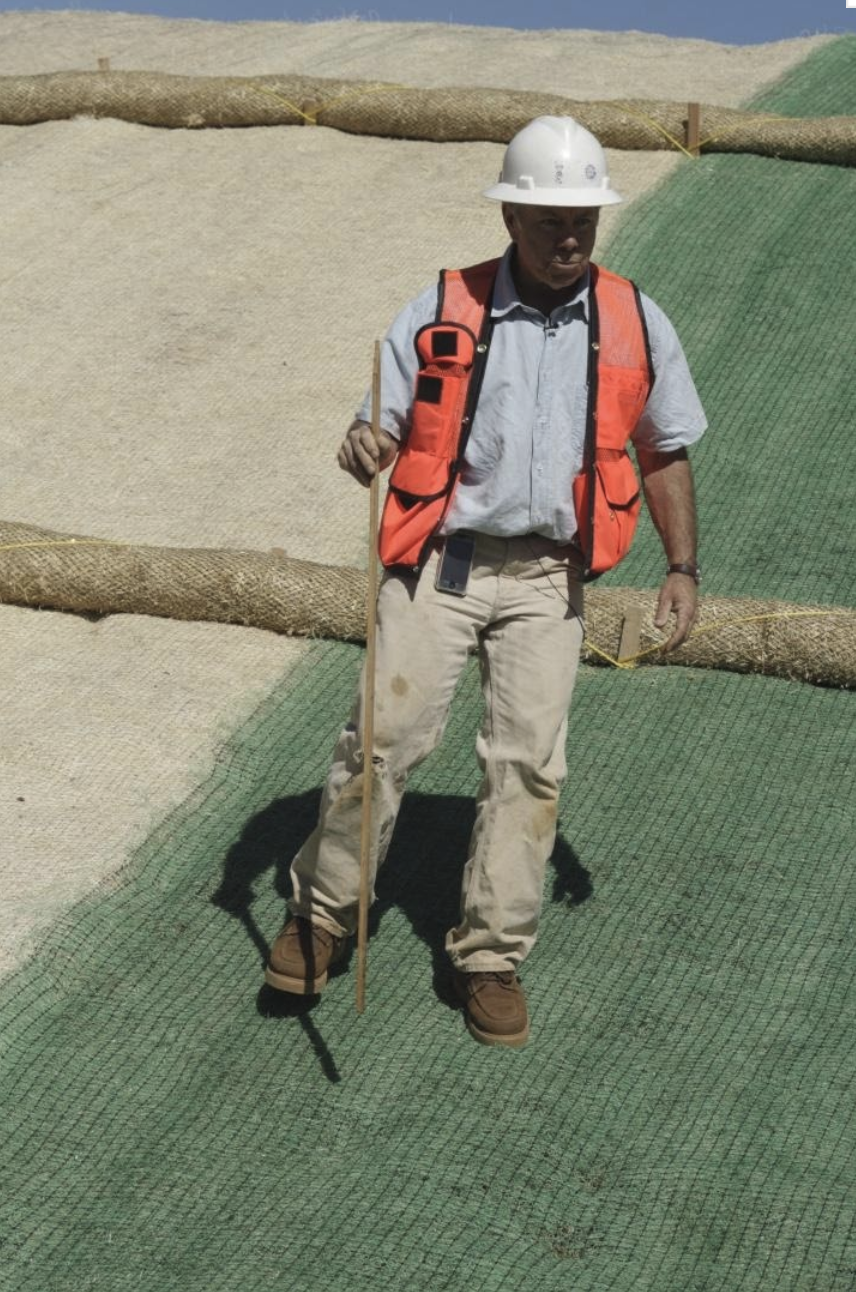
How to Install, Effectiveness-enhancing tricks-of-the-trade, What are you looking for when inspecting, and most important – How do you select the Best BMP for the site conditions.
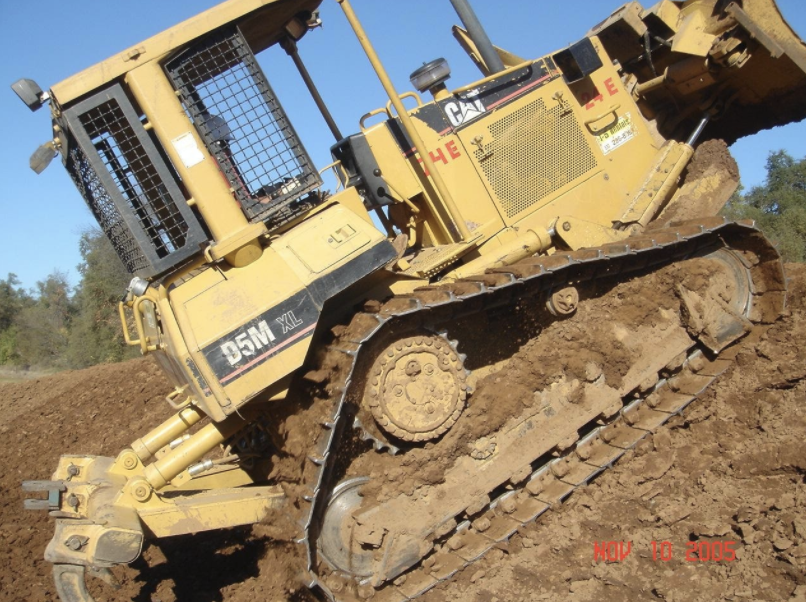
Track Walking,if done correctly, is a soil preparedness BMP that is tested to be 54% effective reducing soil erosion
Attention Summit Registrants: Special Offer
We will immediately offer you a refund on your fee already paid. (Most of you got the Early Bird reduction).
However, if you would like to take advantage of the new Best of the BMP SUMMIT Video Course, we will offer you a $75 discount.
The course includes:
- 7 Comprehensive Modules will never leave you guessing
- BMP Manual download
- Tests at the end of 6 Modules
- Certificate of Course Completion upon achieving 70% correct
- Lifetime access to review the material repeat the test if necessary

